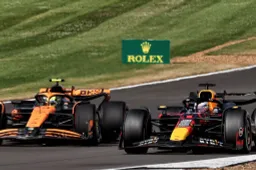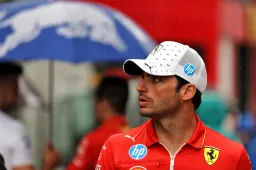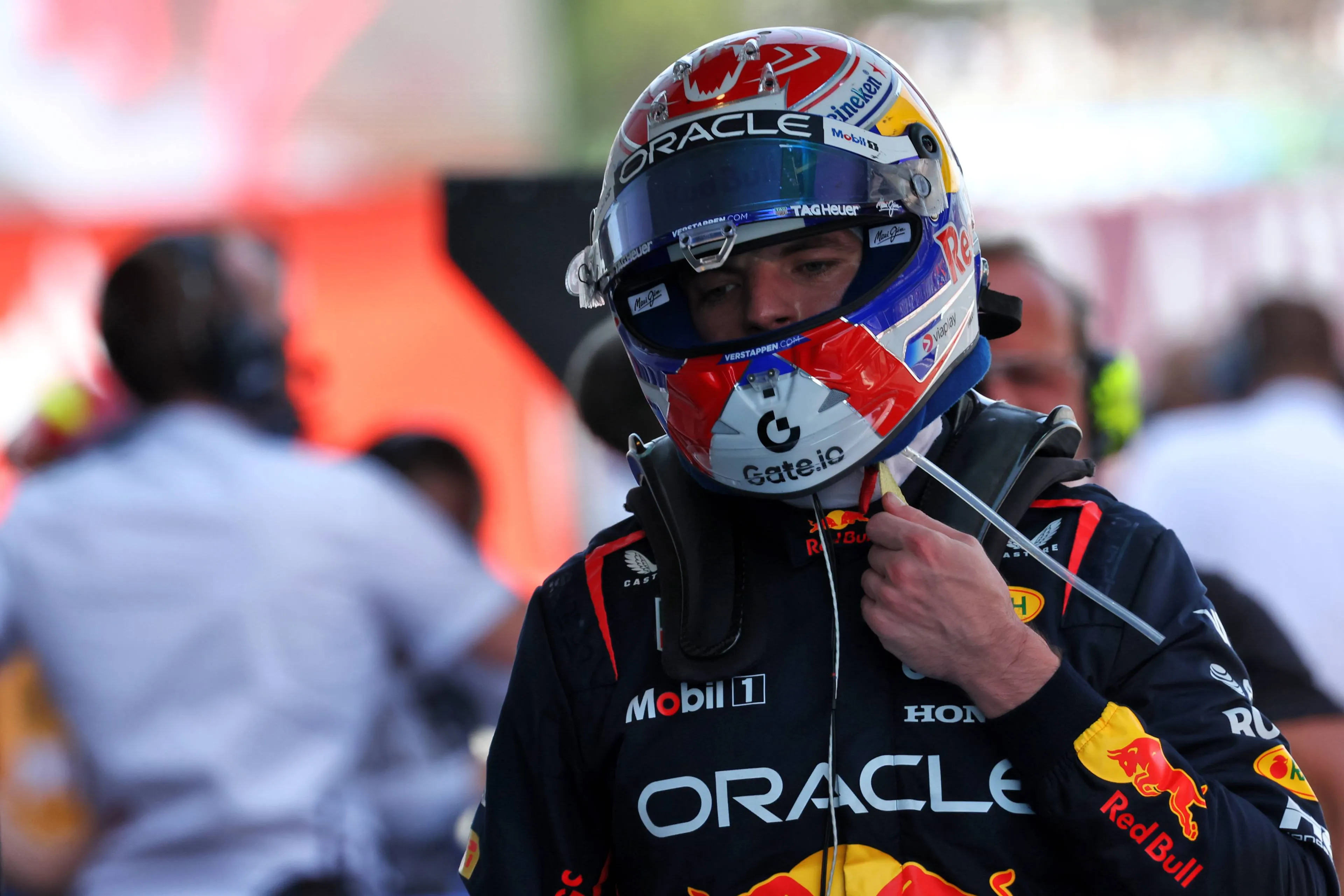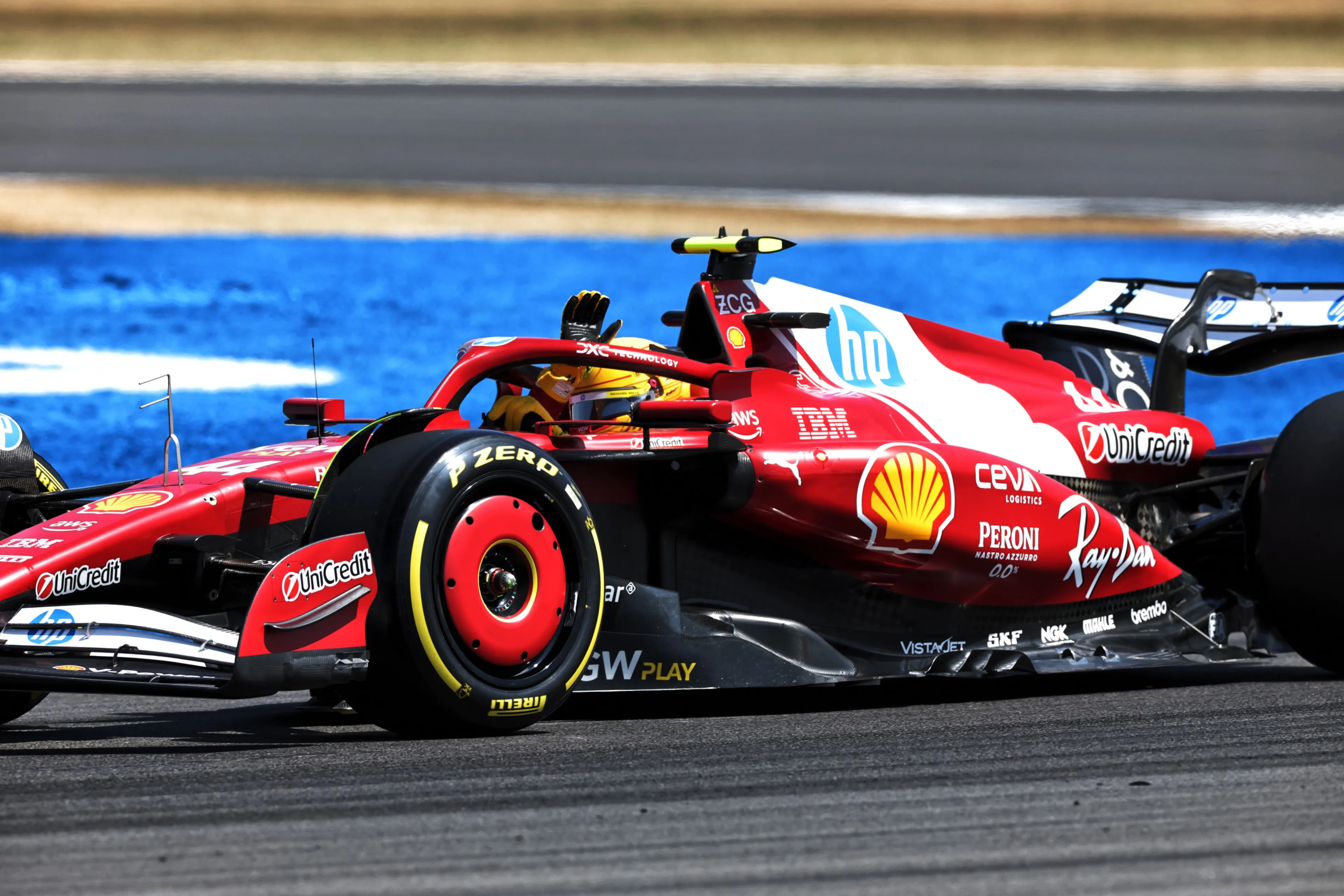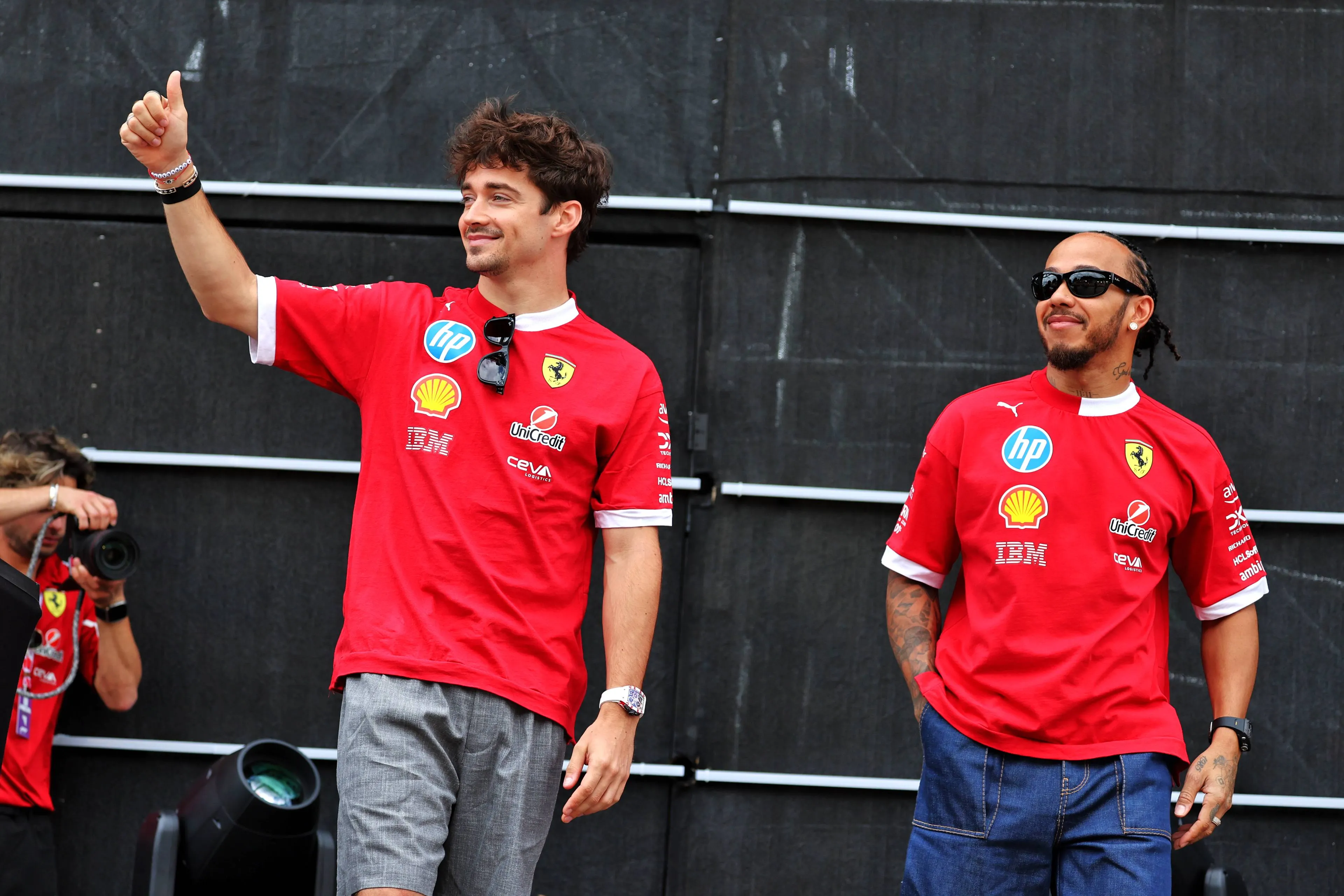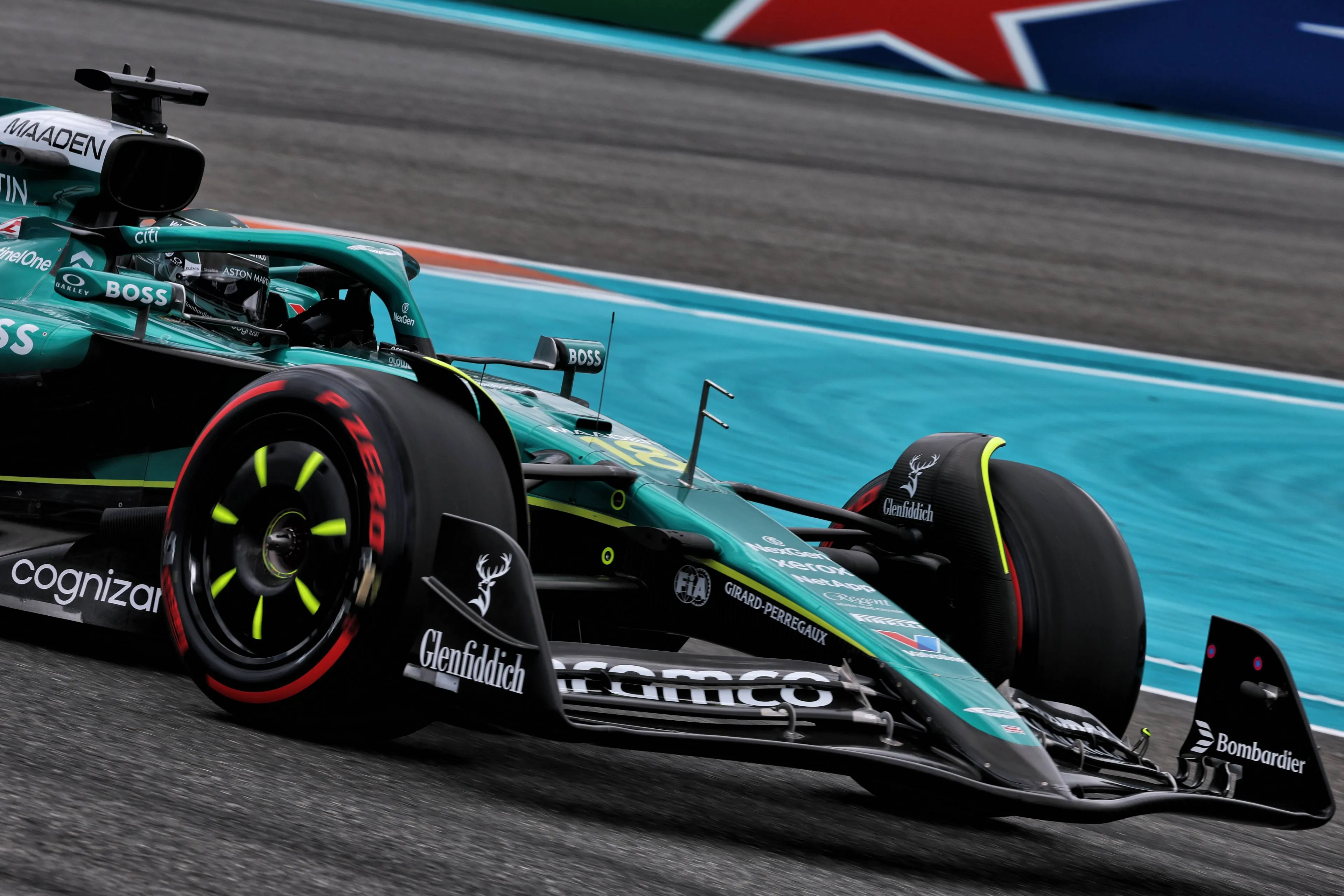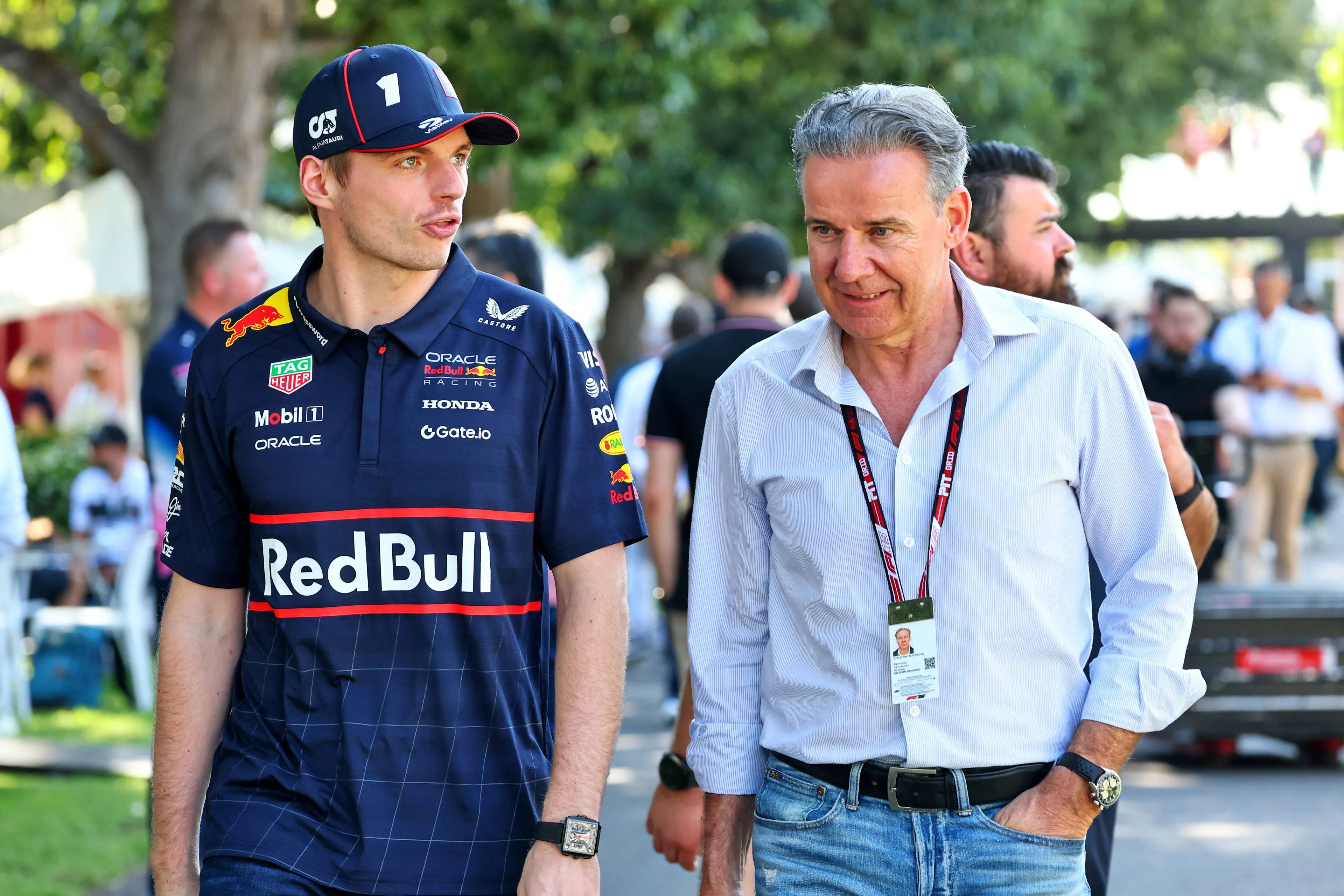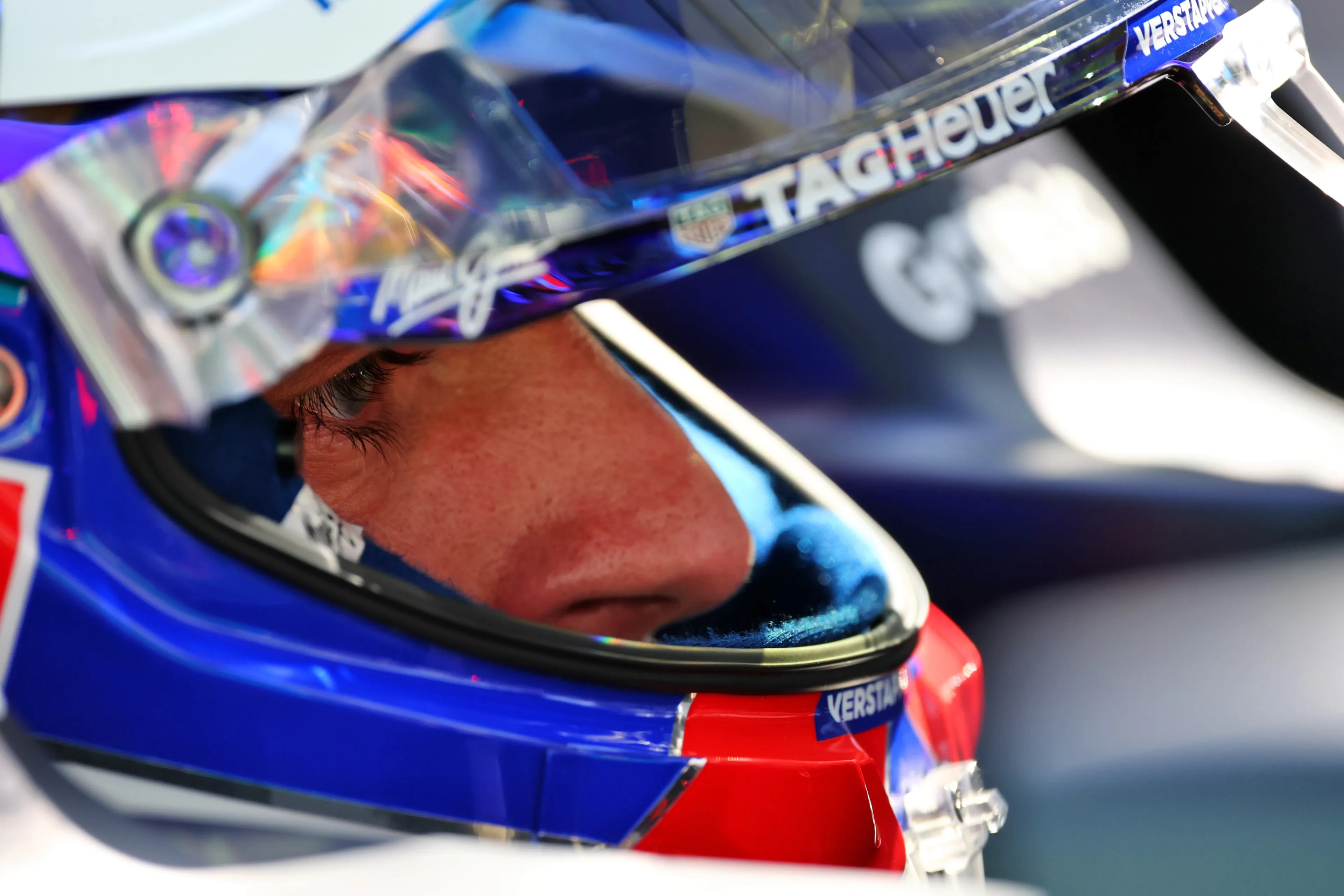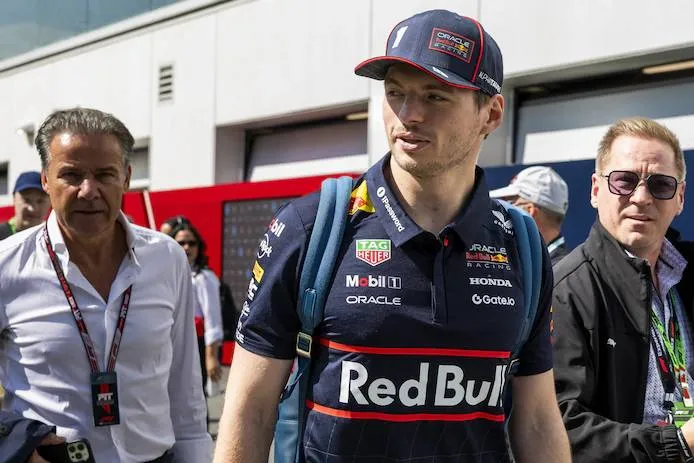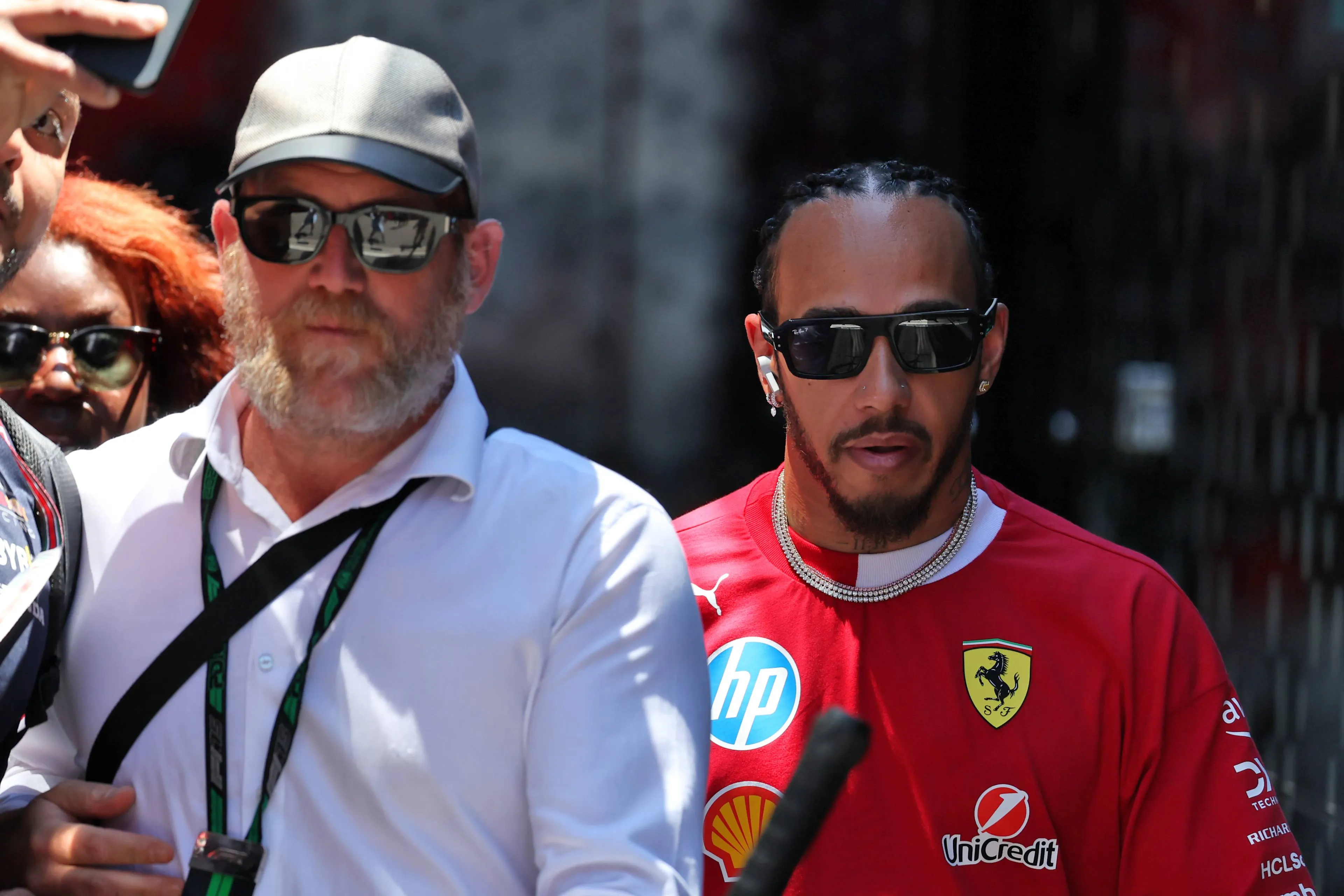Tech Analysis | Why 5th place in the Constructors' is possible for Haas
19:00, 14 Jul 2024
1 Comments
After a very good performance in Austria, where Hulkenberg and Magnussen scored a lot of points for the team, finishing 6th and 8th respectively, Haas decided to introduce their second big upgrade package last weekend at Silverstone. The new parts aimed at improving the performance especially in fast and long corners, since the VF-24 was already quick in slow harpins and on the straights.
Contrary to what happened to Ferrari, Aston Martin and VCARB, the updated car worked really well, with Hulkenberg who was able to qualify in an extraordinary P6 and finish the race in the same position. Let’s try to explain how the new parts improved the performance of the car.
VF-24: quick on the straights and at slow speed
Since the very beginning of the season, the VF-24 has been a very efficient car on the straights and very good at the low speed corners: the Ferrari suspension system allowed it to be quite strong on those tracks where a soft set-up was required, like Australia or Miami, where having an efficient car also played a crucial role.
Moreover, the tyre management was definitely improved compared to last year, as from Imola to Austria, Hulkenberg finished P11 in 3 races out of 4. These results are proof of the big step forward made by the whole technical team in understanding the Pirelli tyres better and developing an aero-mechanical platform that has been able to make all the different rubber compounds work in the variable conditions faced throughout the season.
Despite this growth in performance compared to 2023, the team still had a big weakness: high-speed corners performance.
For this reason, they introduced their second big upgrade package on the VF-24 last time out in Silverstone, which aimed at increasing the amount of downforce generated by the Venturi channels and bodywork of the car, without putting under stress the mechanical system and risk falling back to porpoising issues (as happened to Ferrari).
The upgrade package concerned all the crucial areas designed to generate downforce at high speed: floor and sidepods, which featured a different cooling inlet design as well.
Starting with the floor, the floor edge showed off a completely new shape.
As seen on the drawing below, the new version is characterised by a different shape of the long "knife" element. Previously, it was a separate element connected to the actual floor by a series of metal supports, while now it is one with the floor in its final portion and is supported by the metal tie rod (orange arrow). The front part remains similar to the previous one.
The dimensions of the edge wing have also changed, as it has a greater width than the previous version (blue arrows) and a completely different external profile: while in the old-version used in Austria, the "knife" had a semicircular cut at about half the length, it now has a more flat and linear trend (yellow arrow on the right).
The inclination of the upper lip under which the two vortex generators are located has also changed: it now has a much steeper inclination than the previous version (yellow arrow on the left) to better manage the turbulence coming from the front wheels and push them outwards, preventing it from interacting negatively with the flow underneath the car.

This new component’s goal is to create a vortex and keep it alive for the whole floor edge length to better seal-off the floor, preventing turbulence of gusts of wind to dirty the air flowing through the Venturi channels, crucial to generate downforce.
Moreover, visible changes also concerned the cooling inlet and the sidepod itself.
Starting with the cooling inlet, it has a completely different shape than the previous version: while before it featured a very pronounced and forward-positioned lower lip, in line with the solutions adopted by all the top teams during 2023, the new version is very similar to those seen on the MCL38 and the RB20 this year.
The scheme has been turned upside down, with the upper lip that becomes a real tray, connected to the chassis in a very advanced position and with the cooling inlet positioned under this element in a very rearward placement (blue line and arrows).
As seen in the drawing below, the shape of the cooling inlet has also inevitably changed, although the frontal area has been kept almost the same: in the previous version, the cooling inlet itself had a thin and wide shape, while the new version has a more square shape. The surface crossed by the air intended for cooling is very similar, but the different shape of the inlet means that in the new version it is much closer to the chassis than the previous version.
This new design has a significant effect on both the mirror mount, which now has a different shape (orange arrows), and the shape of the sidepod and undercut.

As for the undercut, the narrower and squarer cooling inlet, combined with a new sidepod that is more hollowed out in its lower part, have allowed the engineers to obtain a larger undercut, increasing the airflow directed towards the beam wing and the diffuser (yellow line and arrows). Furthermore, the sidepod has also been slightly revised in its upper portion, as it has a more curvilinear trend compared to the previous version, as highlighted by the green line and arrows.
All these changes to the bodywork and the rear of the car aimed at improving the amount of downforce generated, allowing the team to adopt skinnier rear wings on the VF-24, without losing performance in fast corners and improving tyre management over the race distance.

The new parts seem to be working as expected, as Haas tested the new package with Hulkenberg and Bearman on Friday, while Magnussen used the old-spec, allowing the engineers to gain precious data.
Already on Friday evening the team was really optimistic, with Hulkenberg saying: “[...] it was genuinely better and immediately I had a smile on my face and felt that it is doing something that we want and need. So that's always very positive and good. [...] And I think it also will improve our race pace.”
The two drivers kept running different cars during the rest of the weekend too: while Hulkenberg used the new package both in qualifying and during the race, Magnussen ran the old sidepod/bodywork, with only the new floor fit on his car.
The new package exceeded the team expectation, as it provided a big gain in performance on a track where the VF-24 was expected to struggle.
As underlined by Hulkenberg in the usual post-race interviews, these new parts will allow Haas to have a more constant performance on different layouts and fight for the 5th place in the Constructors’ Championship: “The performance is there with this update. [...] I think we're definitely in the fight now for the fifth fastest team, which is obviously very, very positive.”
What to expect from the next races?
After such good couple races for the American team, the question is: what to expect next?
While the Austrian Grand Prix performance could have been track and car related, the introduction of the new package and the extraordinary race at Silverstone alluded that the team will be able to constantly fight for points in the next rounds of the season.
The VF-24 seemed to have made a big step forward especially in the tyre management and this could allow Haas to prevail over VCARB in the fight for the 6th place in the Constructors’, also seen the Faenza-based team latest struggle after the new package was fit on the VCARB01 in Barcelona.
Both the Budapest and Spa layouts should suit the American team’s car, with high chances to score points there.
For the remainder of the season, a lot will also depend on the team's ability to keep developing the car without falling into the “development trap” many teams have been facing in the last months.
Only the track will tell the truth, but if the development continues with no issues and the car keeps performing at Silverstone’s level every weekend, then Haas could clearly become a threat both for VCARB and Aston Martin for important positions (and money) in the Constructors’ Championship.
Read more about:
Rumors
Popular on GPBlog
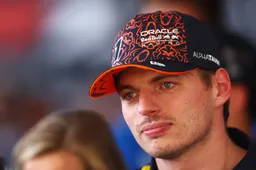
1
Verstappen responds to potential shock move from Red Bull to Mercedes
1788 times read
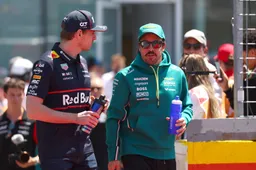
2
Verstappen to Mercedes? Dry Alonso offers blunt response on transfer saga
1030 times read
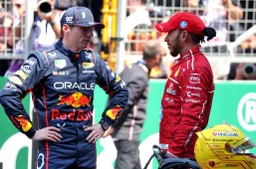
3
Hamilton backs Russell's potential exit from Mercedes as Verstappen transfer rumours swirl!
966 times read

4
RUMOUR: Is this Verstappen's buy out fee from his Red Bull contract?
785 times read


